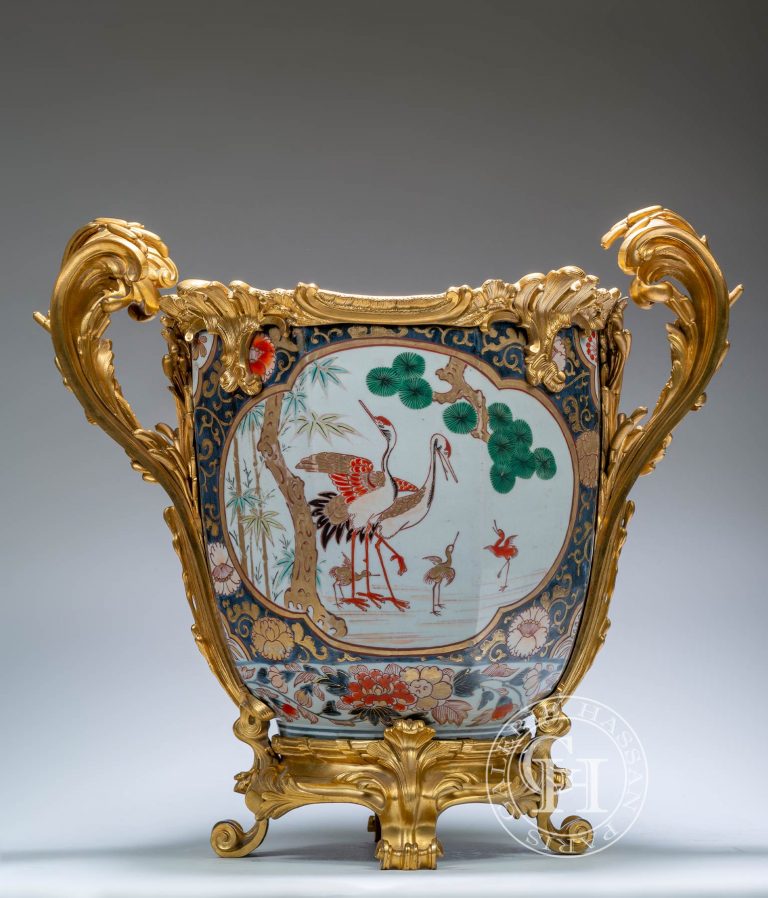Manufacture
Imari
1616 - 18th century
Arita (Imari) porcelain was the first porcelain produced in Japan around the 1610s, and when Chinese porcelain, which occupied most of the world market, suspended exports from the 1640s to the 1680s due to internal unrest in China, it has been exported to all over the world as a substitute. After this period, Chinese porcelain and European porcelain reduced the demand for Arita porcelain in the world market, and overseas exports were temporarily suspended.
However, in 1841 (Tenbo 12), at the end of the Tokugawa shogunate, the merchant Arita Yojibei Kutomi gave the porcelain the name of “Kuraharutei” given by the adolescent Lord Nabeshima Naomasa when he obtained the right to exclusively export the Arita articles from Saga Nabeshima Estate. Under the brand name, artists developed products that appealed to Europe and the United States. They opened a branch in Nagasaki and started exporting abroad.
From 1856 (3rd year of Ansei), merchant Arita Tashiro Monzaemon inherited the right and introduced Western pottery to produce Western tableware and insulation. They were going to create a variety of new Arita porcelain under the “Isolant” brand.
These brands “Kuraharu-tei” and “Hayakawa Shinji” also created a new Arita porcelain which did not exist in the Edo period, and in the world porcelain market where competition intensified after the industrial revolution, Arita porcelain has since become a global brand again.



